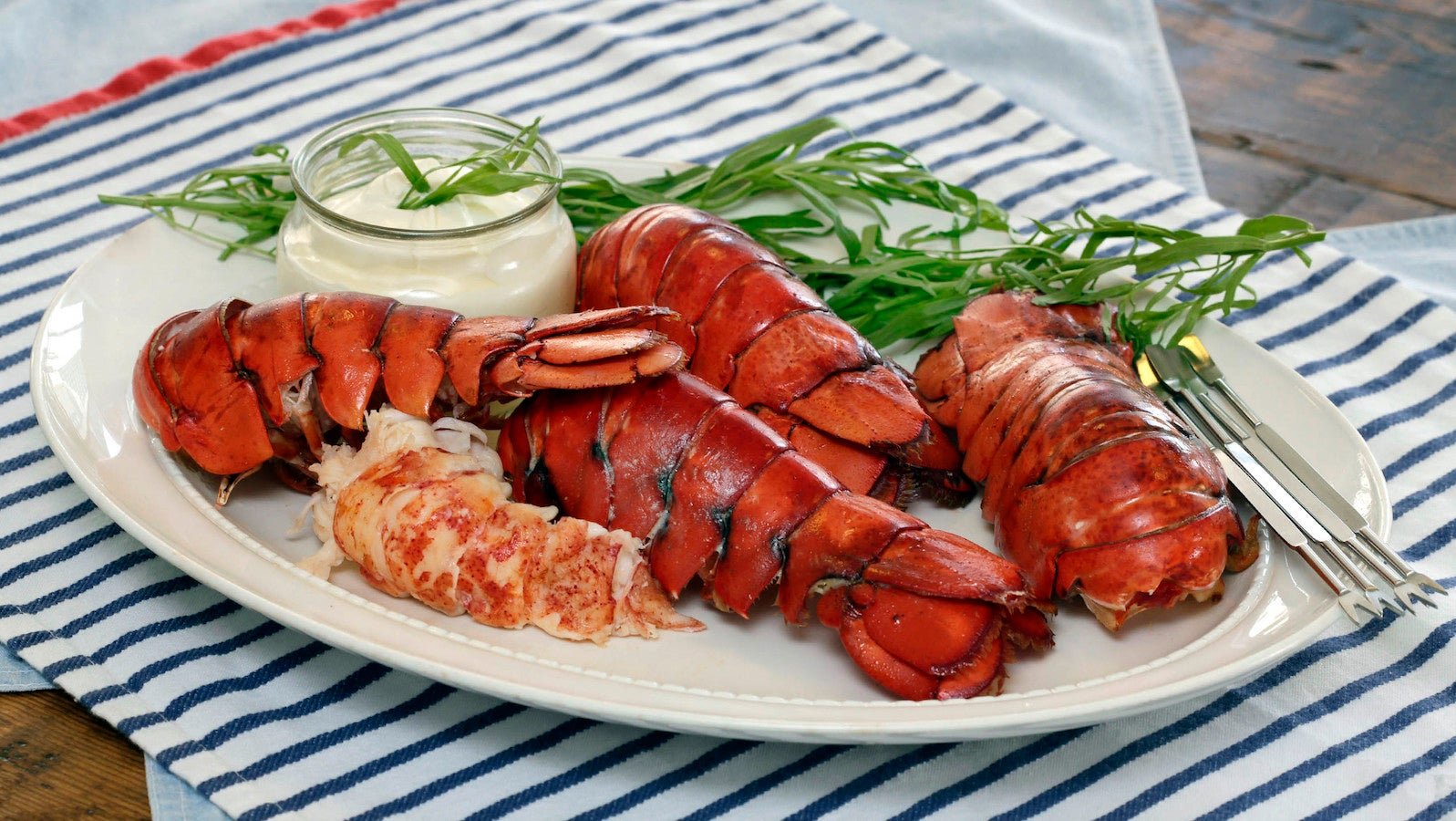China has finally developed a taste for lobster—and it’s keeping Maine fishermen flush with cash
Seafood is a classic luxury item in China. But until recently, people there weren’t big on lobster. The iconic, bright-red crustaceans were known as the “Boston lobster,” and were a rarity compared to other fancy oceanic eats like sea cucumbers or geoduck clams.


Seafood is a classic luxury item in China. But until recently, people there weren’t big on lobster. The iconic, bright-red crustaceans were known as the “Boston lobster,” and were a rarity compared to other fancy oceanic eats like sea cucumbers or geoduck clams.
But the economic boom in China has given the country’s swelling ranks of rich people a chance to expand their culinary horizons. For Maine’s lobster industry, the crustacean craze couldn’t have come at a better time.
In 2016, Maine’s lobstermen landed more lobsters than ever in recorded history: 130 million pounds (59,000 tonnes), a haul that weighs as much as three Statues of Liberty.
But record catches aren’t necessarily great for lobstermen. In 2012, Maine caught 126 million pounds of lobsters, which at the time was off the charts. Prices promptly plunged. The luxury crustacean that typically retails for around $18 a pound was suddenly “cheaper than deli meats.” So desperate were lobstermen to offload their supply that lobster were selling for as little as $1.25 a pound—even though the break-even point is roughly $4 per pound. That was more than a little worrisome, given that the lobster industry contributes an estimated $1.7 billion to the Maine economy—roughly 3% of the state’s GDP.
Last year, Maine lobstermen landed around the same volume they had during the catastrophic glut of 2012. This time, however, prices per pound were comfortably above the break-even mark. The total haul brought in a record-breaking $533 million to the state’s lobster industry—nearly 50% more than the average of the previous 10 years, even after adjusting for inflation.
So how can Maine’s docks be crawling with lobsters without dragging down prices? It’s (mostly) thanks to China.
Back in 2010, China accounted for about 1% of US exports of American lobsters, by value. By last year, that figure had leapt to 15%. (Granted, not all of these were necessarily from Maine—about 17% of total US lobster landings come from elsewhere in New England.)
China is now the US’s second-biggest American destination for lobster exports, after Canada. One reason for surging demand from the Far East is that Australia, China’s chief source of lobsters in the past, has seen its lobster population shrivel by almost half, due to falling numbers of baby lobsters.
But the far bigger factors here are growing consumer awareness—and availability. Getting Maine lobsters on the luxury map in China was particularly tricky given that they’re not as easy to export as lobsters from Canada—Maine’s, er, main competitor. In late spring and summer, lobsters head to warmer waters to shed their shells and let their bodies grow. Since this also happens to be lobstering season in Maine, these “shedders,” as lobstermen call them, have softer exteriors than lobsters caught in chilly Canadian waters. Also known as ”mush monsters” or “jelly rolls,” the softer lobsters present a bit of a challenge when it comes to shipping—though Mainers maintain they taste better.
However, the 2012 price crash had one big upside. In the rush to unload soft-shell lobsters before they spoiled, lobstermen and dealers began shipping them live to China. Once the new trade channels had been established, live lobster shipments to China continued to climb, nearly tripling in value last year.
As demand has picked up, a slew of vendors have taken to selling Maine lobsters via online platforms, such as Tmall, Alibaba’s Amazon-like retail site. Tellingly, they’re selling them under the moniker “Maine big lobster,” not Boston. Chinese consumers may be half a world away, but now they know where the good stuff comes from—and how to get it.